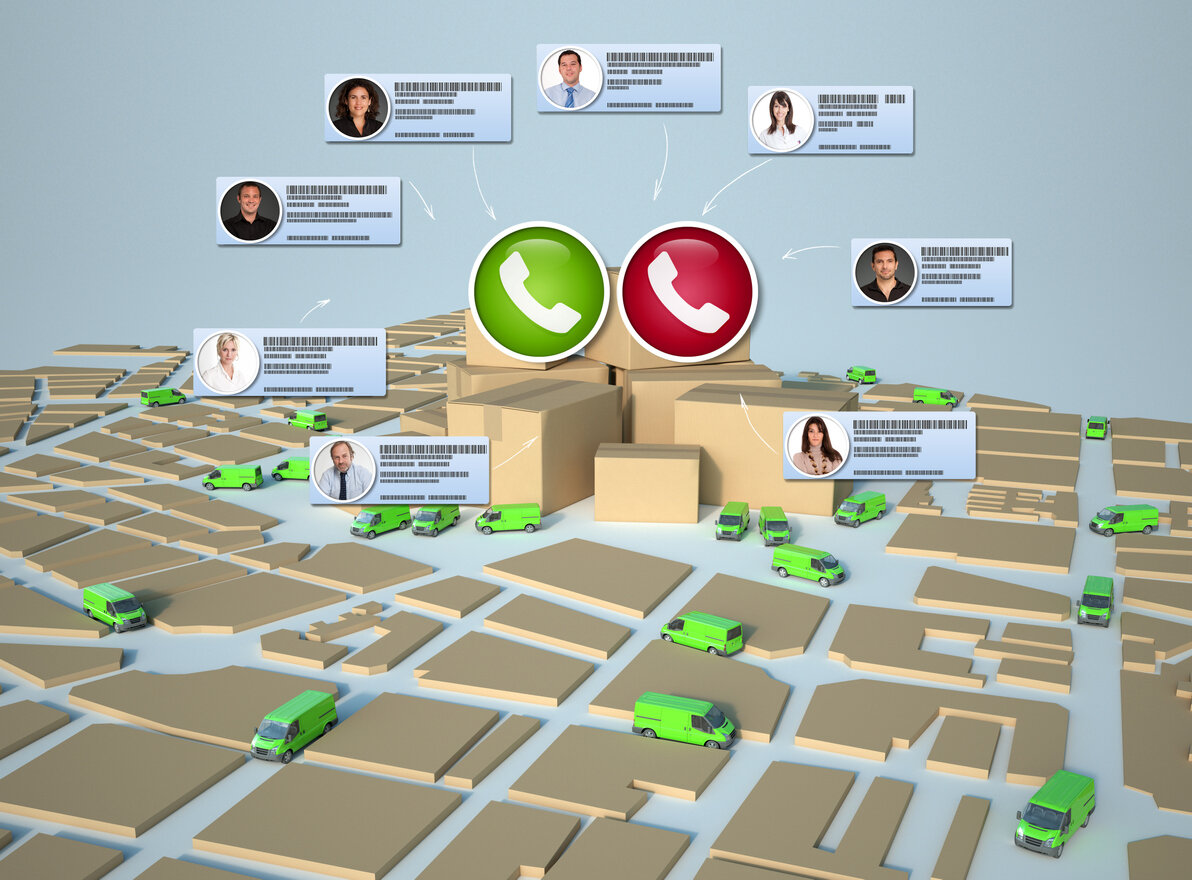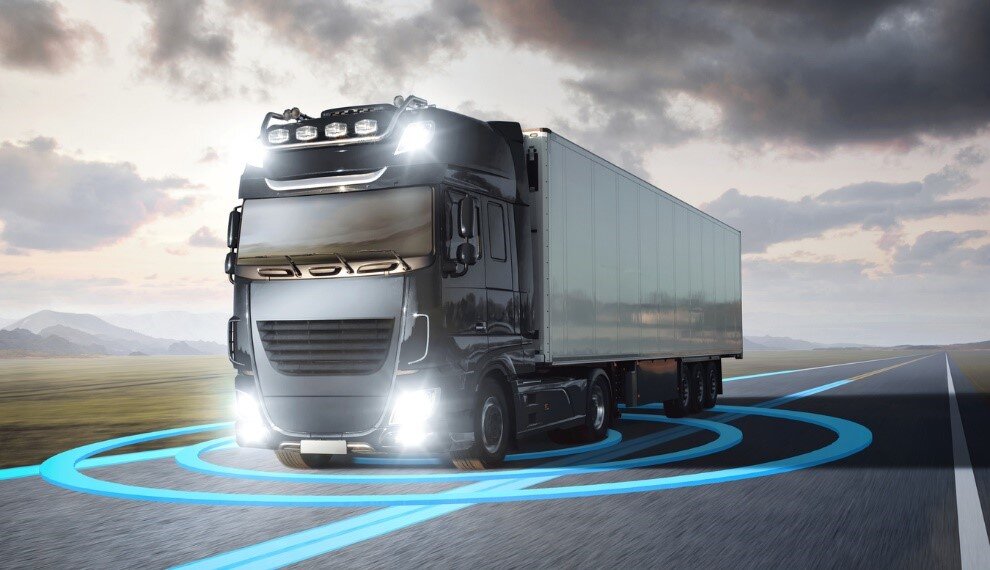Is 5PL the Future of Logistics? (9/3/24)
3PLs have been around for more than 50 years. 4PLs are much more modern, and 5PLs have taken the increased technology focus of a logistics provider to the next level.
Supply chain management has been evolving since its inception. Businesses — and perhaps even some consumers — are familiar with third-party logistics providers (3PLs) and likely have some familiarity with 4PLs. So, what exactly is a 5PL?
As businesses grow and customers expect faster deliveries and better customer service, logistics providers are under increased pressure to measure data, use analytics to track performance, and provide more oversight that allows manufacturers to focus on day-to-day operations without relinquishing control. That’s where a 5PL comes in. It’s a new level of logistics service provider, usually with a strong technology focus, that provides data and services beyond what you get from a 3PL.
Ultimately, the need for a 3PL versus a 5PL is entirely dependent on the business. Operators should ask themselves how much they intend to grow. What regions do they see themselves distributing to? How hands-on would they like to be in the logistics process? What resources do they have access to, and which should they outsource?
In this article, we will discuss how logistics providers have evolved to meet these needs, culminating in the ultra-modern 5PL. We will go over:
-
Options pre-dating 3PLs (1PLs and 2PLs)
-
3PLs
-
4PLs
-
5PLs
-
How partnering with Resource Logistics Group can offer a tech-savvy solution
Before the 3PL
This article will mostly deal with 3PLs, 4PLs, and 5PLs in order to give the reader an accurate picture of what the technology-driven future of logistics looks like. However, it is worthwhile to discuss 1PLs and 2PLs for context.
A 1PL is first-party logistics. This is as simple as it gets. A business creates a product and ships and delivers it to a person who wants it. For example, a florist might grow flowers and deliver them to a person’s home.
A 2PL adds another layer to the operation, a middle-man handling the delivery. The manufacturer still makes the product, but someone else ships it. That second party owns the mode of transportation that delivers it, such as a truck, train, or plane. In this instance, a business might craft a line of furniture and then outsource the delivery.
3PLs
For large or even medium-sized businesses, 1PL or 2PL models are often inefficient and do not allow for scale. This is where a 3PL comes in.
3PLs have actually been around for over 50 years — which is why the term is ubiquitous even to consumers who are not involved in logistics. This is third-party logistics: There is a party operating as a go-between between the manufacturer and transporters. This party may also offer additional services (this varies), such as shipping, packaging, and warehousing.
One example of a 3PL is an e-commerce business making clothing and using an outside vendor to package it and oversee shipping. 3PLs are huge and all around the world, often operating facilities that span millions of square feet. In recent years, 3PLs have evolved to integrate more technology by using tools that can perform data-driven tasks such as freight-matching, automating shipping, and updating live inventory.
A 3PL is a partner to a business; it may assume a great deal of responsibility, but it never acts as a representative of the business. It rather exists to provide warehousing, inventory, communication, and other services.
4PLs
A 4PL takes the role of a 3PL even further and is ideal for businesses that are in a growth stage. This partner takes on more authority and is equipped to manage large supply chains and scaling accordingly. It is more involved with all aspects of the supply chain and communicates directly with all parties, often monitoring data, analyzing costs, navigating Customs, handling scheduling, and generally acting as a liaison.
A 4PL should be especially adept at managing risk in the supply chain. A use case might involve a publisher who sells books utilizing a 4PL to handle shipping, warehousing, and communicating with recipients about demand. This allows the business to focus on day-to-day operations.
5PLs
This brings us to 5PLs. As you likely have noticed, logistics providers are evolving to be more focused on technology and more involved overall. A 5PL represents the most modern stage of this transition. They are incredibly technology-focused and specialize in leveraging existing and emerging technology to help businesses meet logistics goals.
Technology-driven businesses that rely on automation, live tracking, and other digitized functions will benefit from a partnership with a 5PL.
Partnering with Resource Logistics Group
At Resource Logistics Group, we believe in allowing clients to have the freedom to focus on running their business operations. We step in to help with back-office solutions and providing insight into logistics contracts. To learn more and to set up a free benchmarking analysis, contact Resource Logistics Group.



